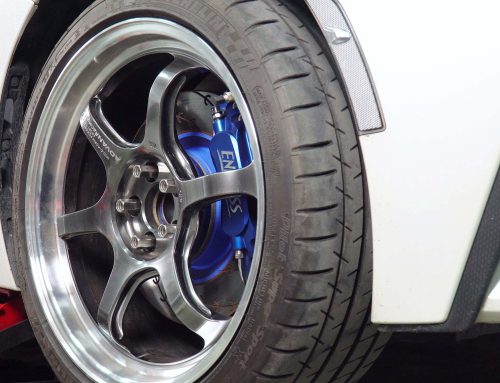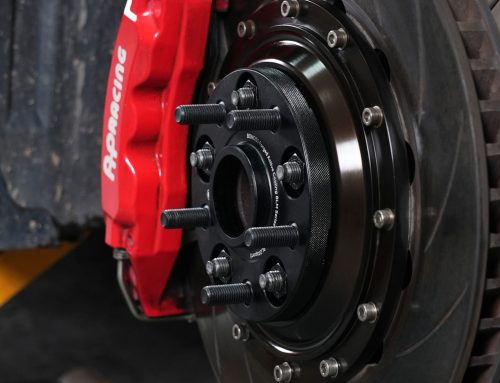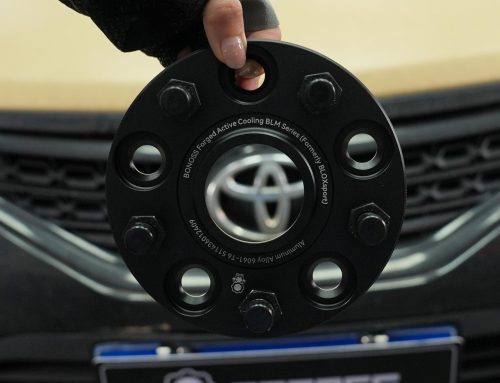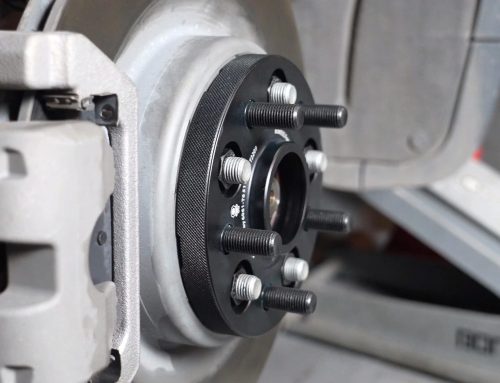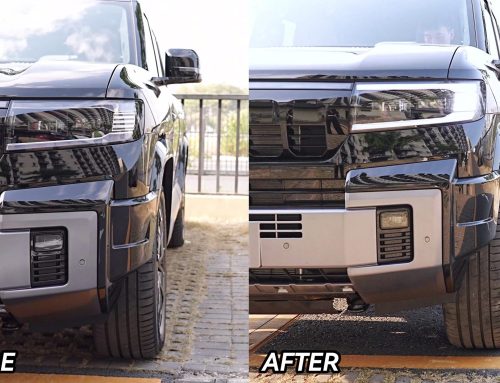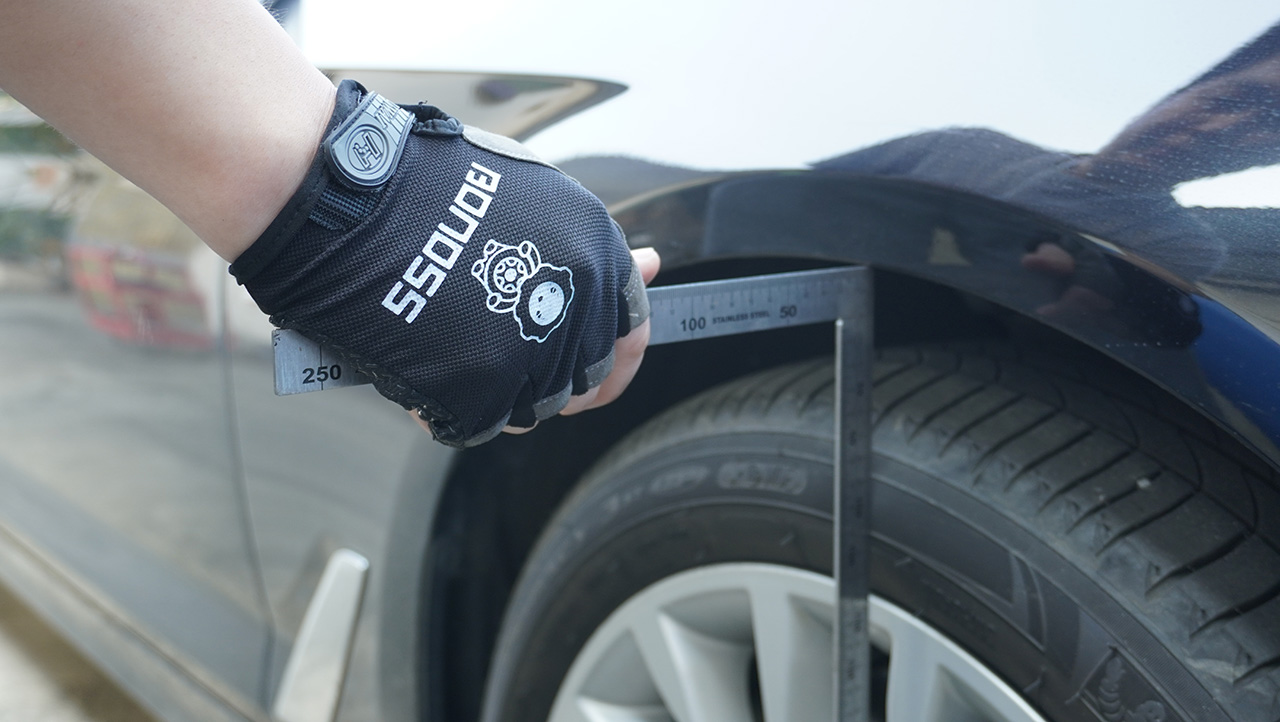
You may have encountered this situation when you refit your car: after changing the suspension system, brakes calipers, or tires, you start driving with expectations and want to experience the upgraded performance of the car. But the car shaking and making an unpleasant rubbing noise when you turning the steering wheel fully. These are the space problems after modification. As we all know, use of the wheel spacers can easily solve this type of problem. However, there are many thicknesses of wheel spacers to choose from, how to measure the perfect thickness of wheel spacers to fit your car? In this article, I’m going to show you how to pick the right size wheel spacers and answer some frequently asked questions.
BONOSS offers wheel spacers of many different sizes to allow car owners to get that perfect wheel fitment. Wheel spacers can be used for many different reasons, they can add that extra clearance between wheel and brake, and suspension components. Widen the vehicle’s track width which would improve cornering stability. And move stock wheels closer to the fender line, improving their look and give the car a more aggressive style and stance. Before choosing the correct wheel spacer thickness, you need to measure the clearance between your wheel and your fender wall. If you’ve recently installed new suspension components, particularly springs, it’s important to allow one week for them fully settle before taking your measurements. With the car on the ground and the new suspension fully settled, measure the distance between the inner fender lip and the edge of the rim or tire sidewall at the point of lease clearance. The point of lease clearance is usually near the top of the fender.
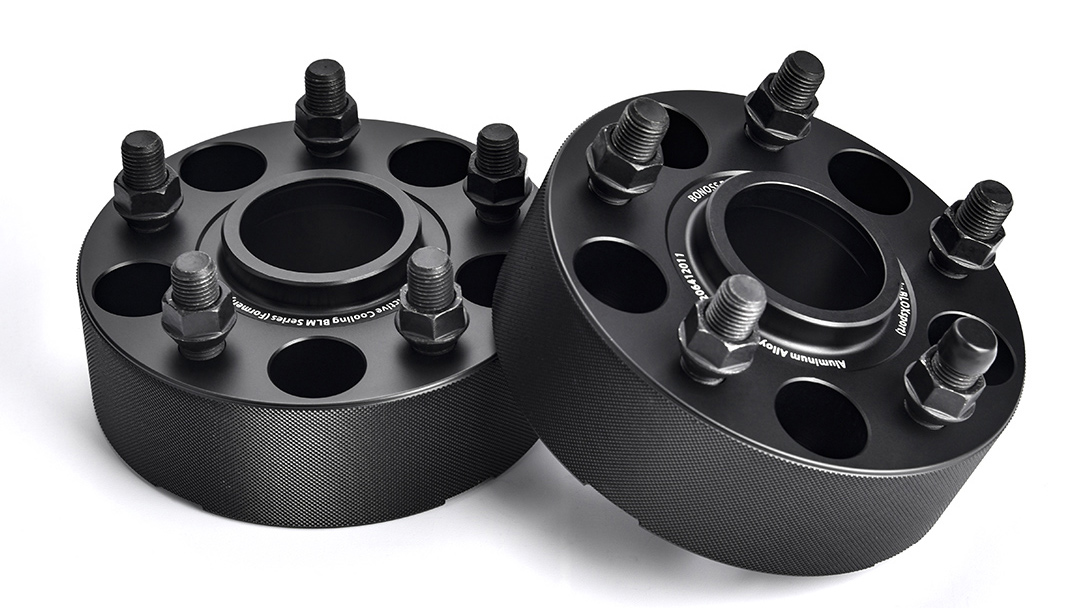
For OEM suspension in the wheels or for a less aggressive fitment, you can use an L-square and put one side of it parallel to the wheel sidewall and perpendicular to the ground to measure from the inside lip of the fender wall to the top edge of the rim. This distance is the maximum available clearance, choose the wheel spacer that is slightly thinner than this measurement to ensure clearance even under full suspension compression.
For more aggressive wheel and tire fitment, it is possible to run a thicker spacer to get the look that you want. But calculating the available clearance is somewhat difficult how wide you can put on is dependent on your vehicle, your wheel and tire combo, and how stiff your suspension is. Running stretched tires or stiffer suspension can allow for a wider track width without fender contact.
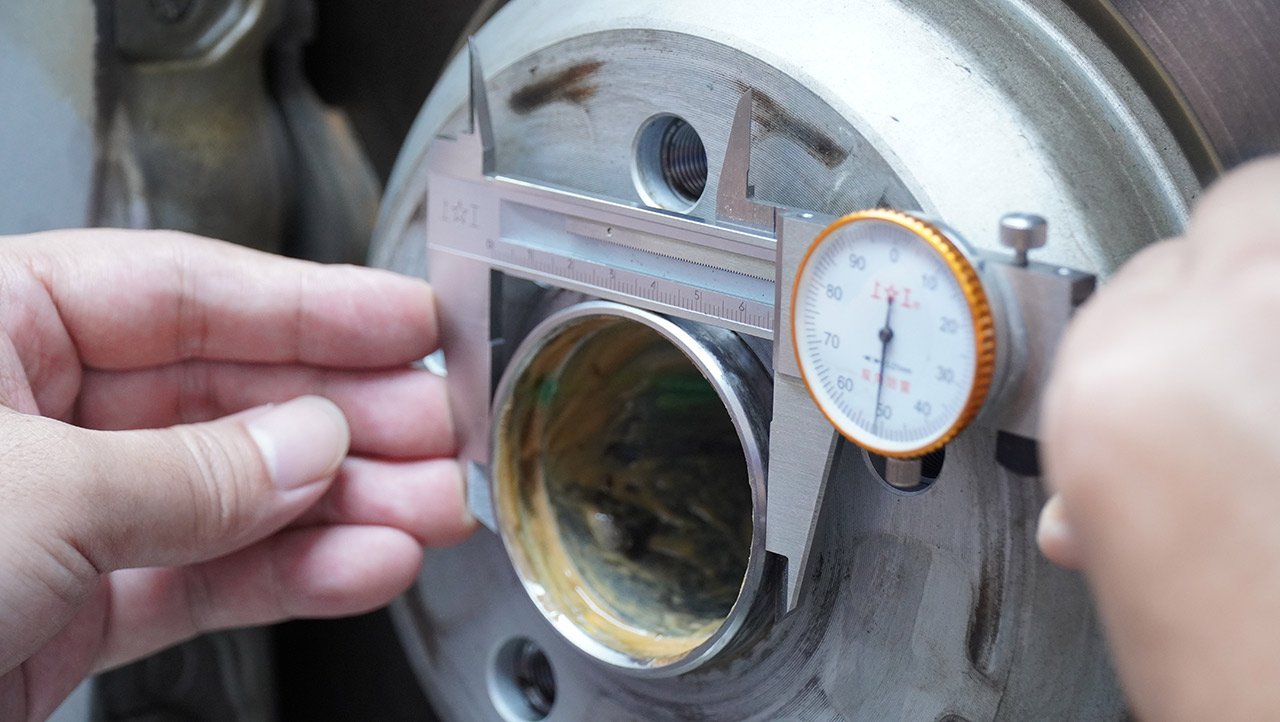
To safely run thicker spacers, you’ll need to estimate how much your suspension will compress under maximum vehicle load. This will depend on how you use your vehicle. With the car loaded ride height, measure the horizontal distance between the fender and the nearest point on the tire. You also need to check the clearance on the front of your car, because in some cases you need a different side wheel spacer from the front and you do for the rear. Remember these dimensions are different for every vehicle, so actual measurements are matter. Think about how you use your car before you decide how much clearance you need or how aggressive you want to get. One thing this may not work for all loads and driving conditions, it is important to leave a little room for suspension compression.
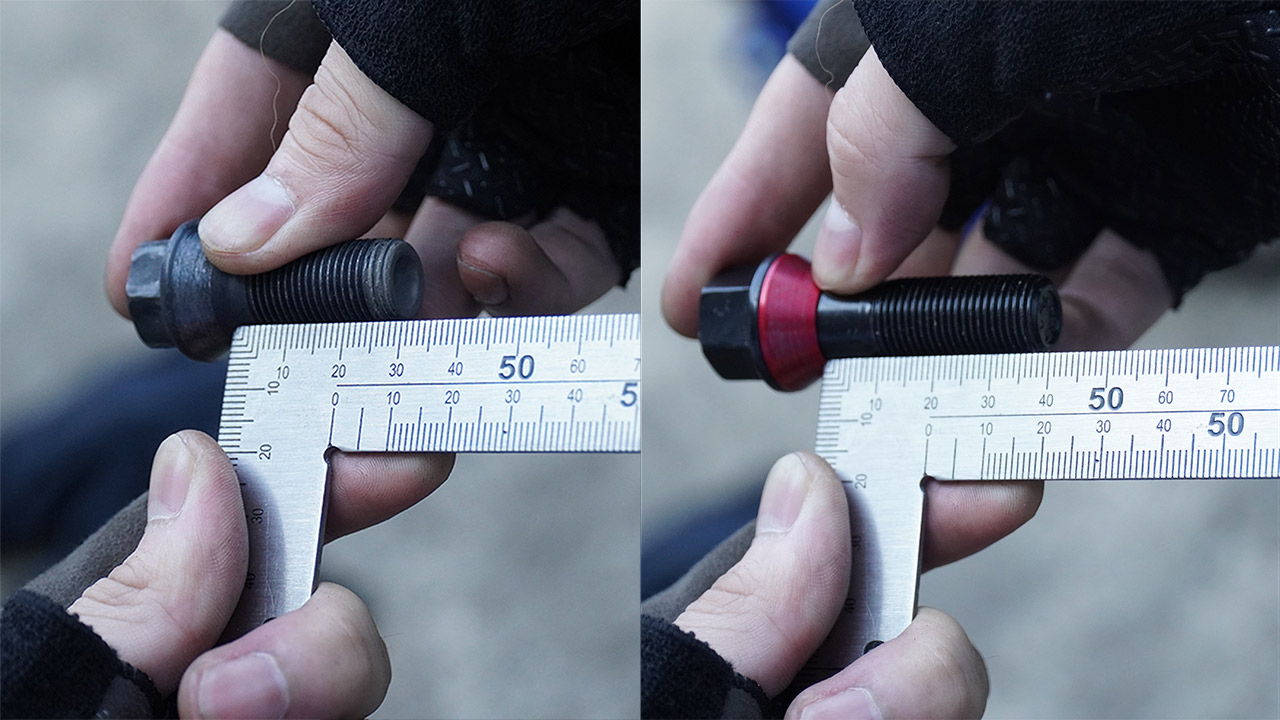
Once you’ve selected your spacers, you need to determine if you need longer wheel bolts. OEM bolts are long enough to safely secure your factory wheel to the hub. When installing wheel spacers, you increase the distance between the hub and the wheel both seats, and the OEM bolts will be too short to safely secure the wheel. This is a safety issue and must be taken seriously. Wheel bolts are measured from the base of the seat to the end of the bolt. Add the length of your stock wheel bolt to the thickness of your spacer to determine the required length of the bolt. If the exact length bolt is not available, round up to the next available size within 5 millimeters to ensure adequate thread penetration. But not to use a bolt that’s too long as they can interfere with suspension or brake components behind the hub. Also, when buying new bolts, be sure you select the correct wheel bolt type for the bolts to be used in your wheel, either conical or ball seat.
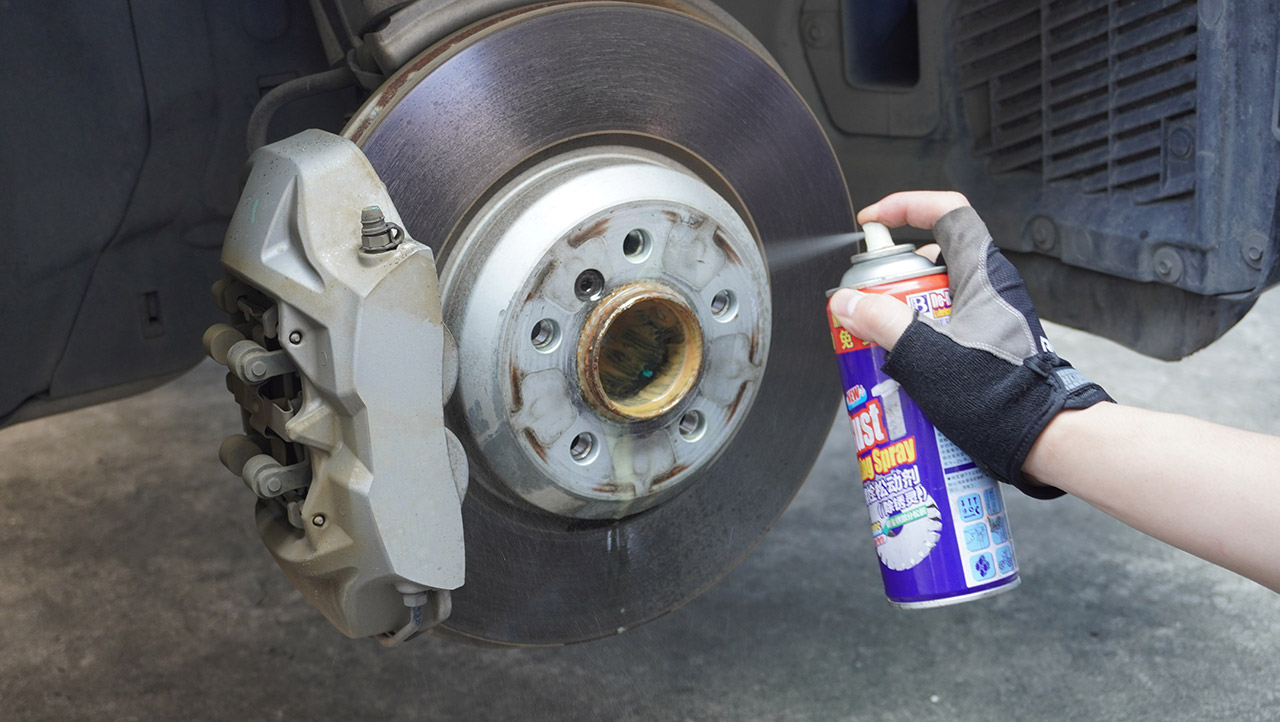
Another thing to consider is the hole on the center of the wheel whose diameter matches the extension on the hub. What this does is center your wheel onto the hub to ensure smooth vibration-free driving. Thicker spacers have a lip to mimic the OEM hub, allowing your wheel to sit on the hub centric. Be sure to always use a high-quality hub centric wheel spacer. Before installing your spacers, hub preparation is very important, accumulation of rust and scale on the hub extension or rotor face itself can prevent your wheel and spacer from fitting correctly. This can lead to an improper tightening of bolts, which will run off and vibrate. Remove heavy rust deposits from the hub and centering lift with a wire brush or synthetic fiber disc. Also, make sure wheels are clean, often rust is deposited from the hub face to the wheel mounting flange, potentially causing the same issue. Wipe away any loose scale and wash the inside of the wheel.
With the wheels and spacers installed, it is time for a final test, make sure the wheels do not contact the fender as they turned, and that there is some additional clearance to compensate for body roll and suspension compression when cornering. On a vehicle with adjustable spring perches, it may be necessary to increase ride height to provide additional steering clearance. The selection of that perfect wheel spacer was going to take some measurements, and trial and error adjustments to get that perfect fit.

